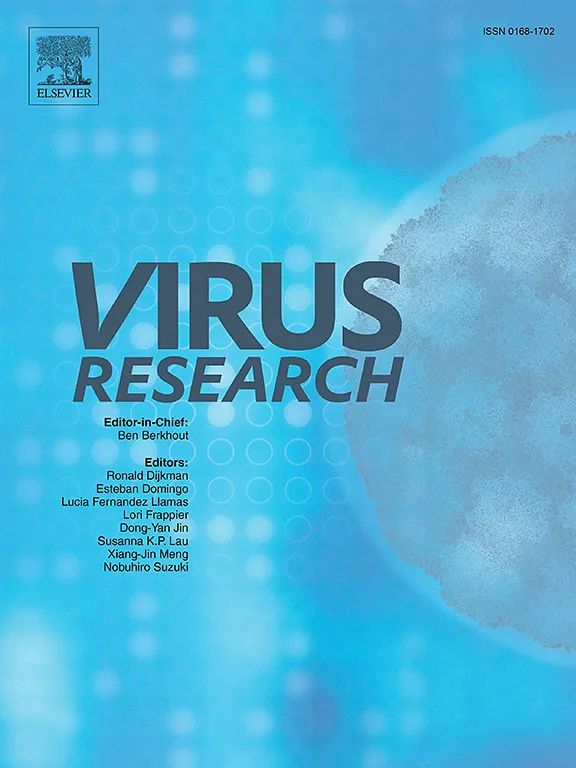周期阈值与欧米克隆变异感染患者临床特征的关系
IF 2.7
4区 医学
Q3 VIROLOGY
引用次数: 0
摘要
本研究调查了感染奥米克龙变异体的患者的流行病学和临床特征与 RT-PCR 检测周期阈值(Ct 值)之间的相关性。研究对象包括115名感染奥米克龙的患者,最常见的症状包括发热(43.5%)、咳嗽(38.3%)和咽喉痛(29.6%)。实验室异常主要是淋巴细胞减少、球蛋白升高和血糖升高。单变量分析发现,年龄越大(P本文章由计算机程序翻译,如有差异,请以英文原文为准。
The association of cycle threshold value with clinical features in patients infected with Omicron variant
This study investigated the correlation between epidemiological and clinical characteristics of patients infected with omicron variants and the cycle threshold (Ct value) for RT-PCR detection. The study population consisted of 115 patients with Omicron infection and the most common symptoms included fever (43.5 %), cough (38.3 %) and sore throat (29.6 %). Laboratory abnormalities were mainly lymphopenia, elevated globulins and elevated blood glucose. Univariate analysis found that older age (P < 0.001) and unvaccinated (P = 0.003) were associated with low Ct values (high viral load). Multivariate analysis showed that an elevated monocyte count (OR: 3.556; 95 % CI: 1.330–9.503) was associated with low Ct values, whereas being vaccinated (OR: 0.209; 95 % CI: 0.051–0.854) and lower serum sodium (OR: 0.137; 95 % CI: 0.051–0.367) were negatively associated with low Ct values. Studies have shown that factors such as monocyte count, vaccination status and serum sodium correlate with Ct values, suggesting the potential of Ct values as a clinical predictor, which could also provide a valuable reference for clinical decision-making.
求助全文
通过发布文献求助,成功后即可免费获取论文全文。
去求助
来源期刊

Virus research
医学-病毒学
CiteScore
9.50
自引率
2.00%
发文量
239
审稿时长
43 days
期刊介绍:
Virus Research provides a means of fast publication for original papers on fundamental research in virology. Contributions on new developments concerning virus structure, replication, pathogenesis and evolution are encouraged. These include reports describing virus morphology, the function and antigenic analysis of virus structural components, virus genome structure and expression, analysis on virus replication processes, virus evolution in connection with antiviral interventions, effects of viruses on their host cells, particularly on the immune system, and the pathogenesis of virus infections, including oncogene activation and transduction.
 求助内容:
求助内容: 应助结果提醒方式:
应助结果提醒方式:


